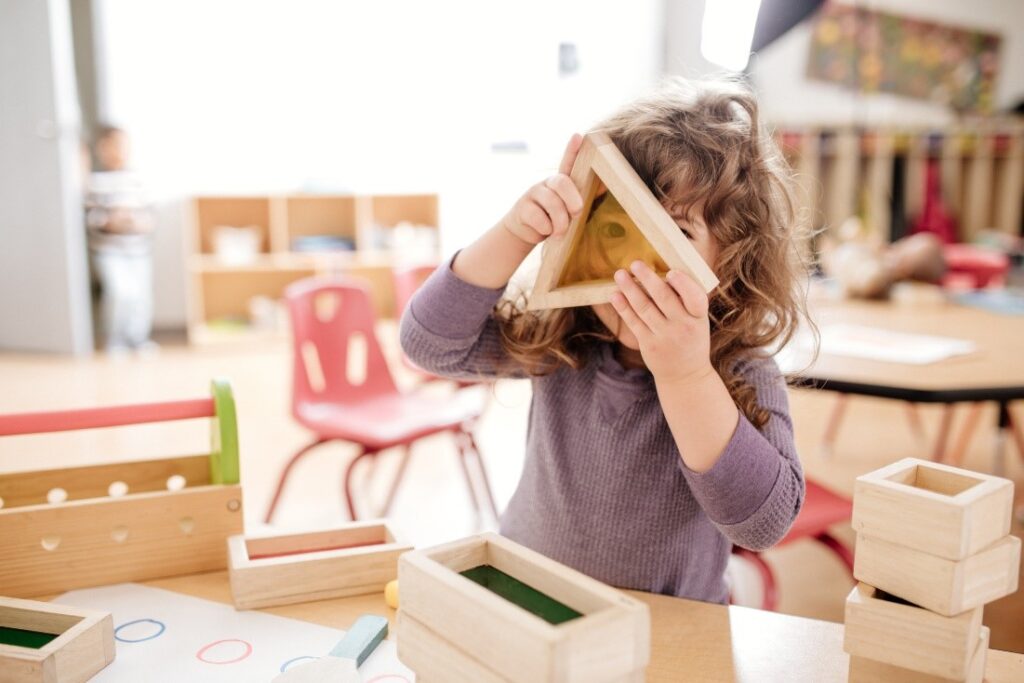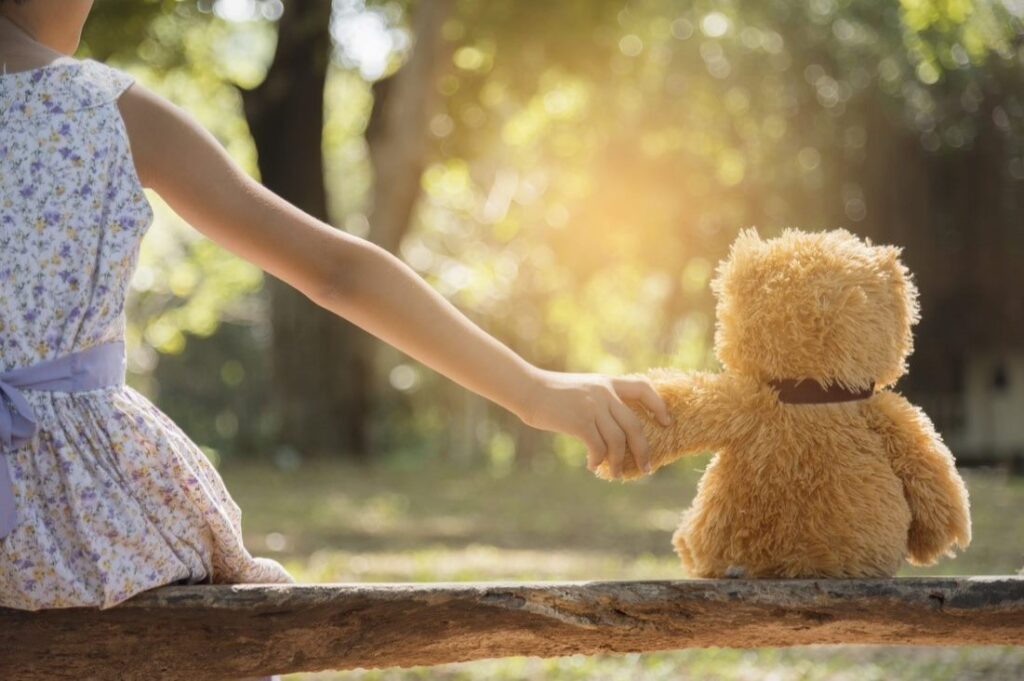When it comes to a child’s development, what matters most? It’s up to parents and teachers to design activities to help children become more aware and happier. Some simple actions can do wonders for a child’s brain, helping them grow into focused adults. Children who practice mindfulness enjoy immediate benefits that they will be able to enjoy as they grow up.
Children go through different stages of learning, each with its own challenges. The best way to cope with these issues is to teach children to accept responsibility, to remain calm in all situations and to find appropriate solutions at various stages of learning. Incorporating mindfulness practice into schools’ regular curriculum has seen extremely positive results. Mindfulness can benefit mental health as well as increase children’s ability to study.
What is mindfulness?
Being mindful involves paying attention to your surroundings without passing judgment on them. Children who are attentive understand how to deal with ideas, emotions and situations while remaining calm. It also involves understanding how children cope with challenges and how stress can interfere with learning.
In order to help young children develop accessible, varied and flexible approaches, mindfulness group activities can be developed. The point of mindfulness practice may be unclear to you, but here’s how it can benefit your child’s development and general wellbeing.

How mindfulness in children helps them
The practice of mindfulness helps children cope with frustration when they face a difficult situation in their lives, or to concentrate without being distracted by distractions. When a child practices mindfulness, he or she becomes better at it. Childhood is an important time in a child’s development. What happens during this phase shapes their mental health in the future.
Researchers have shown that mindfulness improves attention spans for just about anyone, including young people with ADHD, who sometimes have difficulty paying attention. In addition to providing cognitive, emotional and social benefits, there is proof mindfulness in schools has other benefits.
Cognitive advantages
Study after study shows that mindfulness training improves cognitive skills, especially executive functions, which govern how we pay attention, switch focus, organise information, remember details and plan.
For example, one study followed a group of third-grade pupils for eight weeks as they practised mindfulness through a school-implemented programme. It was found that those who participated in the study were better able to focus on the task at hand and manage their actions than those in a control group.
Another study found that elementary school students undergoing a mindfulness program outperformed their peers on attention-based tasks for four weeks. Similarly, a preschool study found that children who participated in a mindfulness curriculum performed better on academic performance exams and in areas that predicted their future academic performance.

Emotional advantages
Emotional health, often known as a positive sense of wellbeing, is vital to every child’s existence. It’s not only the foundation of mental health but may also help prevent anxiety, stress and depression, as well as increase self-esteem and social connections.
Every child’s emotional wellbeing, or sense of wellbeing, is essential to their mental health. It not only helps prevent anxiety, stress and depression but also increases self-esteem and social connections.
Another study found that preteens reported feeling calmer, getting better sleep and having a greater sense of wellbeing after completing a five-week mindfulness and stress-reduction programme.
Social advantages
There is evidence that mindfulness programs can enhance these skills and contribute to positive outcomes in the classroom, but it is not a cure for learning, comprehension or school climate issues. A mindfulness programme in an elementary school, for instance, resulted in more students participating in classroom activities after five weeks. Meanwhile, a mindfulness programme in a high school aided in the development of mutual regard and care among pupils, as well as the overall school climate.
Other Advantages
An adolescent or child’s ability to manage emotions and demonstrate empathy and compassion can be improved by mindfulness. It is widely regarded as an excellent treatment for people of all ages suffering from aggression, ADHD or other mental health problems, such as anxiety. Instances of bullying can decrease with mindfulness training.
Mindfulness can also help develop one’s self-image, increase planning abilities and manage impulses. In schools, mindfulness can reduce the frequency of visits to the principal’s office, minimise bullying and improve attendance when applied effectively.

In general, mindfulness encourages children and adolescents to think for themselves and focus on their own actions. It helps them make better decisions. They aren’t just reacting to their surroundings, they’re responding thoughtfully and purposefully.
Last but not least, children and adolescents make better choices when they understand that they can regulate their thoughts, feelings and behaviour. They also feel more in control of their decision-making processes.
Activities to support mindfulness in children
Studying and achieving goals more effectively requires a clear and concentrated mind in children of all ages. You can help children do this with mindfulness practices developed specifically for them. Not only can they study better, but they can also cope better with anxiety and difficult situations with them. Consider these contemplative practices for children:
Being approachable
Being a child’s friend is the first and most crucial step to meditation and mindfulness. You decide how to make a child feel comfortable with you. Participate in any activity that they wish to participate in. Don’t be judgmental or rebuke them, because if you make them fearless, they’ll learn better.
Drawing with intention
When children draw or sketch, they devote themselves to achieving their goal by doing something different every time they move a pen or pencil across the paper. Drawing gives children a break from tension because it allows them to draw from their surroundings and colour and sketch things. You can start with doodling, then progress to smooth drawing practice, colouring and sketching things from their surroundings.

Walking through a maze
A maze accurately depicts life’s hardships. The best solution is to face the situation and go through a thought process to find a solution. It also teaches children there is a solution to every problem. There are many mindfulness activities that children can learn from walking a maze. The intention of this exercise is to help them practice managing their emotional responses, focusing and finding appropriate answers. Don’t leave children alone in this exercise because their participation yields better results.
Yoga and breathing exercises
As a result of yoga and breathing exercises, the mind and body become relaxed. A large percentage of children and adolescents suffer from anxiety throughout their lifetime. It affects more than 20% of them over their lifetime. Both children and adults can benefit from yoga for stress relief.

The benefits of mindfulness in children are clear
Mindfulness has been shown to improve learning, decision making, emotional intelligence, self-confidence and social connection in children.
Practising mindfulness brings calm concentration without judgement to children whose illnesses include autism spectrum disorder, challenging behaviours, ADHD, anxiety and stress. Keeping calm under stress, avoiding getting too upset, getting along with others better and being more patient are also benefits of mindfulness.
Children and teens can develop a positive outlook on life through mindfulness training. It helps them manage stress, regulate their emotions and focus on the task at hand. Additionally, it gives them a better understanding of how their brains work, so they might start wondering about their emotions and how they function. This may lead to a deeper understanding of who they are as a person.
In general, people who practice mindfulness tend to pay attention better, are less easily distracted, are able to learn more effectively and feel happier.
If you’d like to share mindfulness activities for children with families, Playground is a great platform for doing just that. Contact us to learn more about how Playground can support mindfulness in children at your setting.

by Xplor Childcare
-
First published: 13 March 2024
Written by: Xplor Childcare
